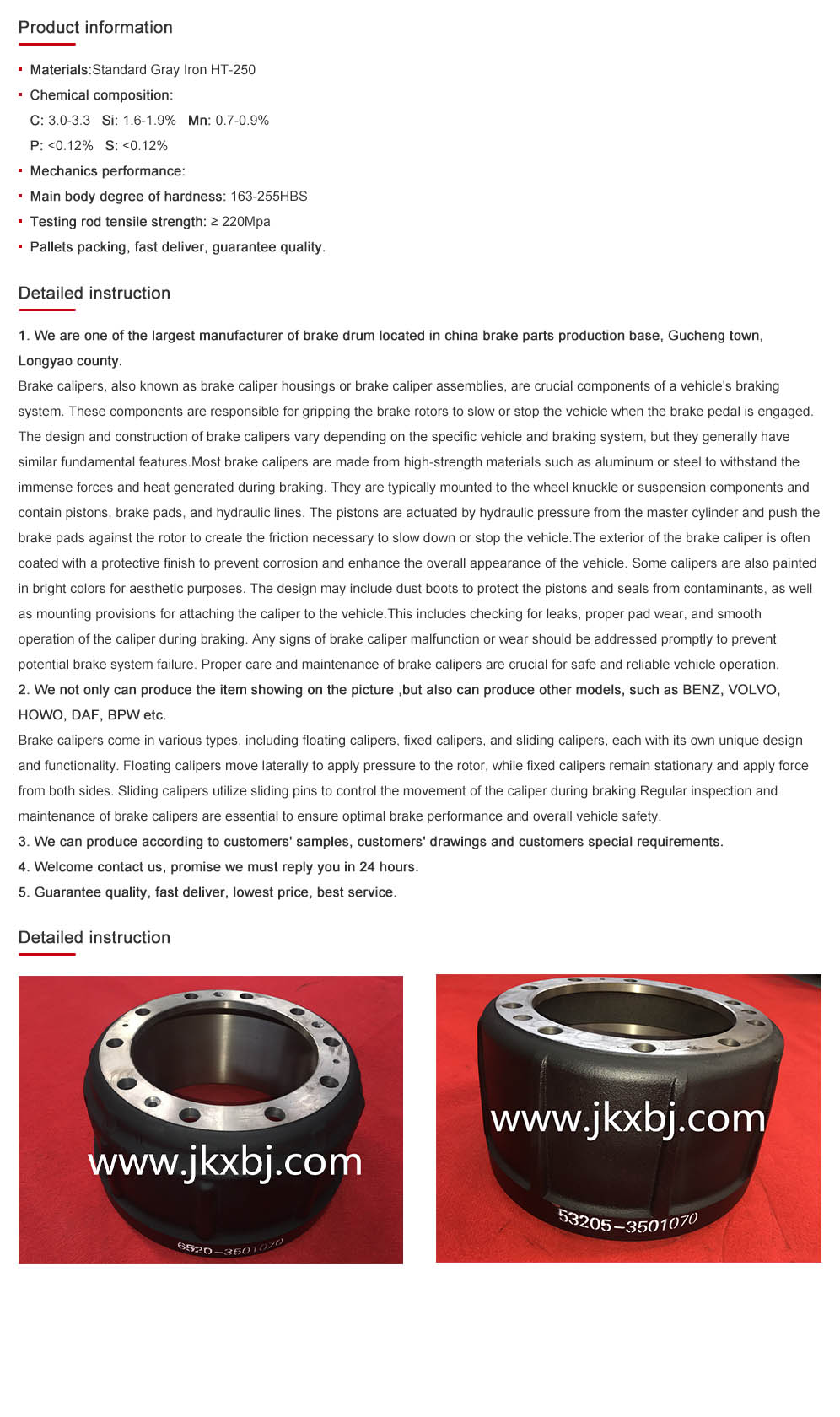Aug . 30, 2024 19:37 Back to list
how to clean brake drum rust
How to Clean Brake Drum Rust A Step-by-Step Guide
Maintaining your vehicle's braking system is critical for safety and performance. One commonly overlooked aspect is the brake drum, which can accumulate rust over time. Rust not only diminishes the effectiveness of the braking system but can also lead to costly repairs if left untreated. This article will guide you through the steps to clean brake drum rust effectively.
Understanding Brake Drums
Brake drums are typically found in vehicles with drum brake systems. They work by using friction to slow down or stop the vehicle when brake shoes press against the inside of the drum. With exposure to moisture and road debris, these drums can develop rust, leading to uneven braking and increased wear on brake components.
Tools and Materials Needed
Before you begin cleaning your brake drums, gather the following tools and materials
- Safety glasses and gloves - Jack and jack stands - Lug wrench - Wire brush or rust removal brush - Sandpaper or a sanding disc - Brake cleaner spray - Clean rags or paper towels - Anti-corrosion spray (optional)
Step-by-Step Cleaning Process
1. Safety First Make sure you are working in a well-ventilated area. Wear gloves and safety glasses to protect yourself from rust debris and any chemicals you may use.
2. Prepare the Vehicle Start by parking your vehicle on a flat surface. Loosen the lug nuts on the wheels where you will be working, then lift the vehicle using a jack. Secure it with jack stands for safety.
how to clean brake drum rust

4. Inspect the Brake Drum Before cleaning, inspect the brake drum for severe rust or damage. If you notice massive corrosion or deep pits, it may be best to consult a professional.
5. Brush Away Loose Rust Using a wire brush or rust removal brush, scrub the surface of the brake drum to remove loose rust and debris. Be thorough, as you want to ensure that you are working with a clean surface.
6. Sand the Surface For any remaining rust, use sandpaper or a sanding disc to smooth out the surfaces. Be careful not to remove too much material; you only want to eliminate the rust and create a smooth surface.
7. Clean the Drum After sanding, spray the brake drum with brake cleaner to remove any dust, grease, or debris. Wipe the surface with clean rags or paper towels to ensure it is completely clean and dry.
8. Apply Anti-Corrosion Spray (Optional) If desired, you can apply an anti-corrosion spray to help protect the brake drum from future rust. This step can add an extra layer of protection, especially in humid environments.
9. Reassemble the Vehicle After the brake drum is clean and dry, reattach the wheel, tighten the lug nuts, and lower the vehicle.
Conclusion
Cleaning brake drum rust is an essential part of vehicle maintenance that can extend the life of your braking system and ensure safe vehicle operation. By following these steps regularly, you can keep your brake drums in excellent condition and minimize the risks associated with rust and corrosion.
-
Brake Drum Man - High-Quality Drum Brake Drums & Brake Shoes for Reliable Performance
NewsJun.24,2025
-
High-Quality Brake Drum Kamaz – Durable Drum Brake Drum & Brake Shoe Replacement
NewsJun.10,2025
-
High-Quality Brake Drum Liza for Drum Brake Systems - Superior Durability and Performance
NewsJun.10,2025
-
High-Quality Brake Drum Kamaz – Durable Drum Brake Drum & Brake Shoe Solutions
NewsJun.10,2025
-
Durable Kamaz Brake Drums High-Performance Truck Parts
NewsJun.09,2025
-
Premium Brake Drum Maz Kit with Shoes Enhanced Braking
NewsJun.09,2025
